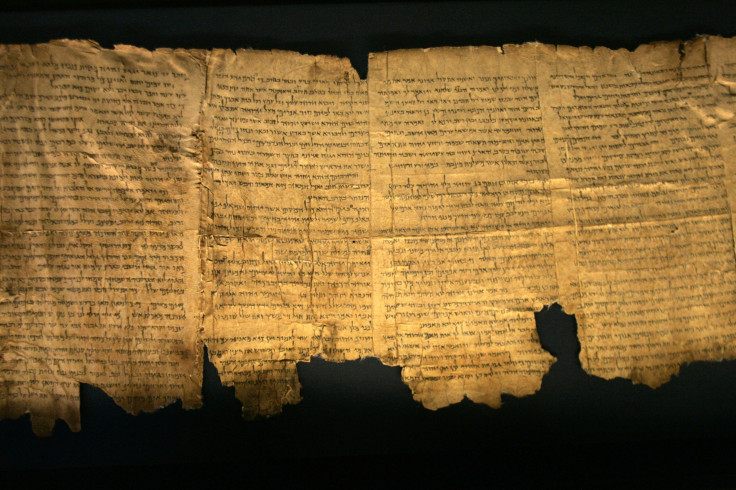Ancient Seal, Possibly Signed By Prophet Isaiah, Found In Jerusalem

A half-inch-long, oval-shaped clay seal discovered by Israeli archaeologists may bear the signature of biblical Prophet Isaiah, who predicted the arrival of Messiah in the holy Bible.
The 2,700-year-old seal or bulla — believed to be inscribed with the Jewish prophet's name — was discovered during an excavation at the foot of the southern wall of Jerusalem’s Temple Mount or Haram al-Sharif.
“We found the eighth-century B.C.E. seal mark that may have been made by the prophet Isaiah himself only 10 feet away from where we earlier discovered the highly-publicized bulla of King Hezekiah of Judah," said Dr. Eilat Mazar of the Hebrew University in Jerusalem, in a statement, Fox News reported.
Seal of the prophet Isaiah may have been unearthed in Jerusalem https://t.co/o8BmDs6Ve6 pic.twitter.com/AAbrDyQu1F
— The Jerusalem Post (@Jerusalem_Post) February 22, 2018
Mazar documented the possible discovery of a seal with Prophet Isaiah’s signature in a paper published in the Biblical Archaeology Review.
It was among the 34 bullae found during Mazar's 2009 Ophel excavations, one of them belonging to Judean king Hezekiah, who ruled in the early seventh century B.C. and whom Isaiah was a counselor to. The bulla believed to bear Isaiah’s signature was discovered three meters away from seal of the king.
According to Mazar, proximity of the two seals cannot be a mere coincidence. The discovery "…seem to leave open the possibility that, despite the difficulties presented by the bulla’s damaged area, this may have been a seal impression of Isaiah the prophet, adviser to King Hezekiah, " Mazar writes, National Geographic reported.
The inscription on seal is in Hebrew and bears the name Yesha‘yah[u], which translates to the Hebrew name of Isaiah. The word is followed by another inscription — “nvy.”
Mazar believes that the inscription on the seal is incomplete due to the fact that the bulla was discovered in a damaged state. He believes that if the word “nvy” ended with the Hebrew letter “aleph,” it would spell out “prophet” in that language. This would have made the seal read “Belonging to Isaiah the prophet."
However, as much as archaeologists would like to believe that they have found the only physical evidence of Prophet Isaiah’s existence, Mazar admitted that the missing “aleph” at the end of “nvy” was an issue — a concern shared by Christopher Rollston, professor of Semitic languages at George Washington University.
"The critically important letter that would be needed to confirm that the second word is the title “Prophet” is an aleph. But no aleph is legible on this bulla, and so that reading cannot be confirmed at all," he says.
Additionally, Rollston said if the incomplete word was supposed to spell “prophet” it would succeeded the Hebrew article “h” which means “the” in English.
"In short, if this were the word 'prophet,' I would have liked to have seen the word 'the,' as in 'Isaiah the prophet,' he said.
At the same time, he noted that the possibility of the complete seal (including the damaged areas) containing the article or the ancient inscribers deciding to omit the vital detail altogether, cannot be ruled out.
Then there is the argument that the name “Isaiah” belonged to a number of people and not just the biblical prophet, at the time, which means that the seal could very well have been signed by a person whose name matched with the prophet.
"There were lots of people walking around with the name Isaiah or names that were based on the exact same root-word," Rollston observed.
© Copyright IBTimes 2024. All rights reserved.






















